





Hibiscus
Hibiscus – bushes or small trees of family of Malvovye which fructify in big, colourful, funneled flowers during the long season.

The South of China and Indonesia from where it was delivered and successfully introduced in areas with subtropical and tropical climate is considered the homeland of a hibiscus. In the countries with climate, less suitable for a plant, the hibiscus is grown up as a room or hothouse adornment plant. The sort of hibiscuses is very rich and various, so on one sources it contains about 150 versions, on others of about 300, on the third more than 500.
The most widespread and known types of a hibiscus are:
- Chinese (Chinese rose);
- Syrian;
- Ternate;
- Hybrid;
- Rassechennolepestna.
Leaves of a hibiscus of dark green color, nadrezny and pedunculate. Bushes of a hibiscus can reach 4,5 meters in height, and their flowers can be 16 cm in the diameter. Fruits of a hibiscus are five-folding boxes in which seeds are located. Hibiscuses can be grown up as separate trees, hedges and houseplants. At the correct leaving the hibiscus can blossom all the year round.
Advantage of a hibiscus
The advantage of the Hibiscus is high at treatment of nervous diseases, colds, heart troubles, appetite loss, a liquid delay, blood circulation disturbance, hypostases and inflammations, for dissolution of a phlegm and diseases of upper respiratory tracts. Also use of a hibiscus is effective at irritation of a stomach as the soft laxative and diuretic increasing a diuresis.
The fruit acids which are contained in a hibiscus work as laxative. According to numerous researches it is proved that the hibiscus contains the chemicals promoting lowering of blood pressure, decrease in spasms in a stomach, intestines and a uterus, and also to destruction of bacteria and helminths.
Early researches show that daily reception of 1 gram of extract of flowers of a hibiscus leads to reduction of level of cholesterol, reduces the arterial pressure and risk of developing of diseases of urinary tract.
The hibiscus has antioxidant properties of flavonoids, polyphenolic connections and anthocyans which prevent oxidation of lipoproteids of low density. These antioxidants also help to control the level of cholesterol and reduce probability of heart diseases.
In most cases reception of tea and infusions from petals of a hibiscus is safe, however, during pregnancy and in the period of a lactation it is not necessary to abuse them. The advantage of a hibiscus for children aged up to one year, for patients with gastritis and stomach ulcer is also low.
Roots, leaves and flowers of a hibiscus are the strong anesthetic regulating periods and stimulating blood circulation. Extract of flowers is traditionally used at treatment of diseases of a liver and as aphrodisiac. Broth from leaves, roots and fruits are effective at treatment of arthritis, a furuncle and cough.
Use of a hibiscus
The hibiscus was widely used in Egypt where drink to a karkada, rich in vitamin C was for the first time made of flowers of a plant.
Use of the Hibiscus as foodstuff, flavoring additive and spice is around the world widespread. Young, gentle leaves of a plant are prepared and eaten in China as spinach. In other places young leaves of a hibiscus are put in the raw in salads. In different places worldwide, flowers are eaten in a boiled, crude and salty look, used as spice and even a food dye. Flowers are the most used part of a plant a hibiscus in cookery.
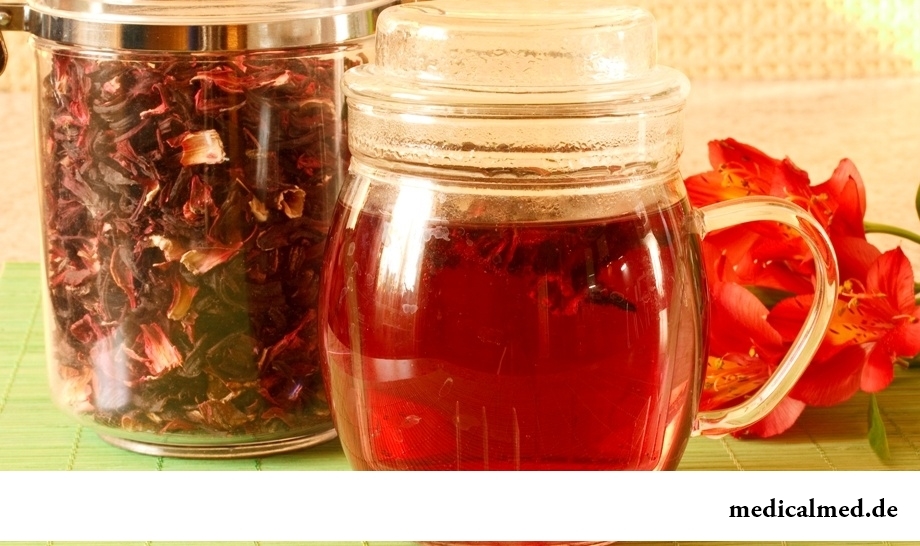
China bakes flower petals in pies, and India cooks them in water with sugar and receive sweet soft drink. Petals have soft, tart, citrus taste and they can be used as additive in food for dishes to which a citrus is added. It can be fruit and spicy pies, meat and even alcoholic cocktails. Stalks of a hibiscus are used at preparation of soups in Central America.
The people of the African countries widely apply leaves and flowers of a hibiscus in traditional medicine. From them cook tinctures and broths which serve as an anti-microbicide.
Extract of petals of a hibiscus is a part of grass ointments for treatment of eczema and allergic reactions.
Plant fibers a hibiscus are used by production of ropes, grids and meshkovinny fabrics, and the plant together with a straw grass serves as construction material for a roof in Nigeria.
During life the average person develops neither more nor less two big pools of saliva.

It is difficult to revaluate importance of kidneys for an organism. These bodies not only perform work on purification of blood of decomposition products and выв...
Section: Articles about health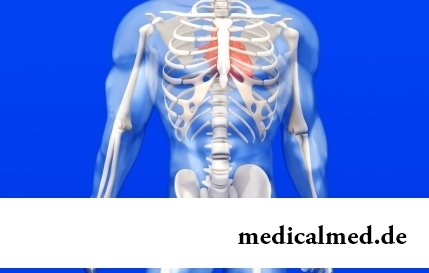
For many women the word "fat" sounds as a sentence. In aspiration to an ideal figure they try to exclude, first of all, from the menu all dishes containing fats without having at the same time a clear idea of a role of these substances in exchange processes, and about an afterbirth...
Section: Articles about health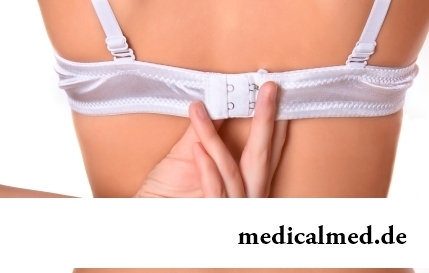
The name of this disease precisely reflects the problem reason: it consists in the bra fastener pressure upon a certain zone of a back. At the same time one of vertebrae of chest department of a backbone is as if blocked and loses mobility, and the loading falling on it is distributed on the next vertebrae. At 70-80% of women local pains in a backbone point on which the fastener of the often put most on bra presses result....
Section: Articles about health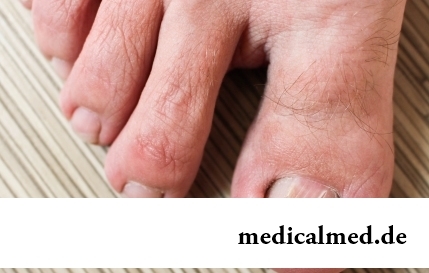
The word "onikhokriptoz" is unfamiliar to most of people, meanwhile quite so physicians call very widespread problem: growing...
Section: Articles about health
Olive oil – the product capable to make a powerful contribution to health of the person if it includes it in the diet. The rich vitamin composition of oil does it by a product number one from many diseases including from deadly. Only two tablespoons...
Section: Articles about health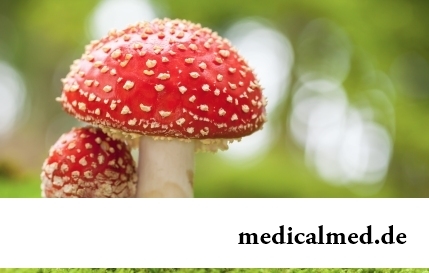
Mushrooms - the surprising inhabitants of our planet having a set of wonderful qualities. Thanks to one of them, a mold mushroom of Penicillium notatum, the first natural antibiotic - penicillin was received nearly 80 years ago. The mankind is obliged to this opening by millions of saved lives....
Section: Articles about health
One of the major chemical processes happening in a human body are oxidation reactions. They go with participation of fats...
Section: Articles about health
Radiological methods of a research are applied in medicine more than hundred years, and thanks to them millions of lives were saved. In many cases without X-ray it is impossible to make exact idea of a condition of bodies and fabrics, it is correct to make the diagnosis. Those...
Section: Articles about health
The immunity role in growth of the child is invaluable. The proteins-immunoglobulins produced by immune system preserve the child against the diseases capable − owing to an organism weak still − to serve as a stressful factor, to become the reason of many complications and delays in development of the kid. If the immune system weakened, health of the child is under direct threat and needs active actions for strengthening of protective forces of an organism − preferably non-drug....
Section: Articles about health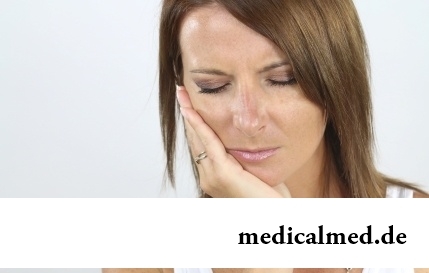
Heart disease and blood vessels lead to disturbance of blood supply of bodies and fabrics that involves failures in their works...
Section: Articles about health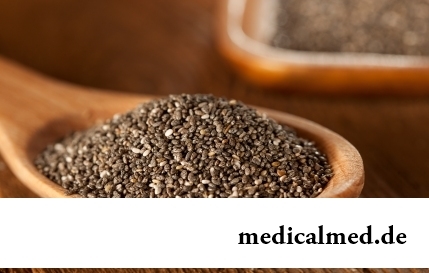
The chia plant, or the Spanish sage, is from South America. The indigenous people of the continent since ancient times used its seeds in food: small, but very nutritious kernels, in a form the reminding fasolina. Indians knew about useful properties of seeds of a chia, and applied...
Section: Articles about health
The summer of this year in Russia was very ambiguous. Regions suffered from a merciless heat, from pouring rains, the hail from time to time dropped out, then there was again a heat which alternated with rainfall again. Many people suffer from such sharp changes of weather. Even flu epidemics and a SARS were recorded....
Section: Articles about health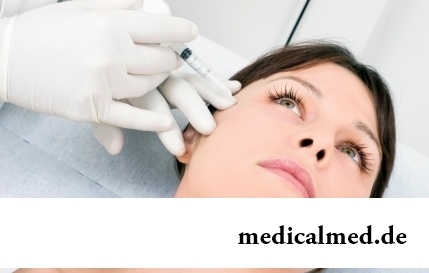
Eyes – one of the most vulnerable areas on a face therefore age changes concern them first of all. Whether it is possible to keep a pier...
Section: Articles about health
The unpleasant feelings connected with spring breakdown are familiar almost to each of us. Often happens that in March-April on the person weakness leans: he suffers from drowsiness, complains of bad mood, loss of interest in life and failures in affairs....
Section: Articles about health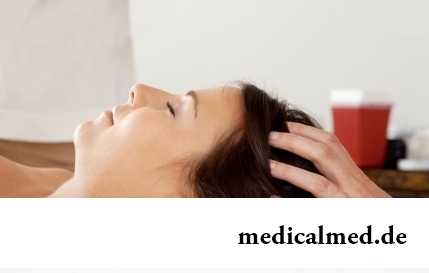
On the head of the person about one million hair follicles, or as they are called still, hair bulbs are located. At the time of the birth most of them is in the "sleeping" state, but within several weeks follicles become more active, and from them hair begin to grow. Intensity of this process is individual, and during life it can change. Genetic predisposition, a physical and emotional state, aggressive influence affects the growth rate of hair out of...
Section: Articles about health
Musicotherapy – a treatment method which caused and causes a set of a controversy concerning its efficiency. However the facts are relentless:...
Section: Articles about health
Separate food - the system of meal based on digestion physiology which is carried to improvement methods. According to nutritionists, the separate use of the carbohydrate and proteinaceous products demanding different conditions of assimilation helps to get rid from Bol...
Section: Articles about health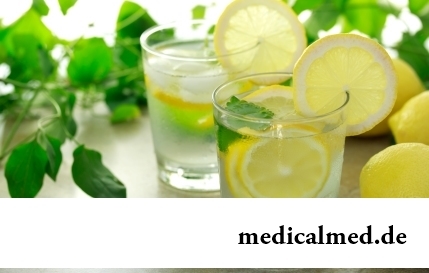
Water with a lemon - idle time in preparation drink which supporters of a healthy lifestyle already managed to appreciate. Used in a warm look and on an empty stomach, it is one of the most useful prophylactics allowing to prevent tens of diseases and just to raise an organism tone. Especially effectively to use warm water with lemon juice after a serious illness, during a season of the colds, and also to children, old men and pregnant women which do not have contraindications...
Section: Articles about health
Bulimia and anorexia, are heavy deviations of a feeding behavior, become a cause of death of patients much more often than all others...
Section: Articles about health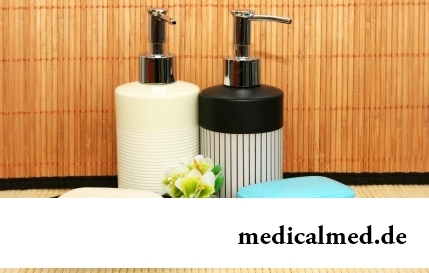
Among a set of the perfumery and cosmetic goods which are released today the special group is made by the means containing antibacterial components. Such types of gels, shampoos, soaps, creams, lotions and other products are positioned by manufacturers as a panacea...
Section: Articles about health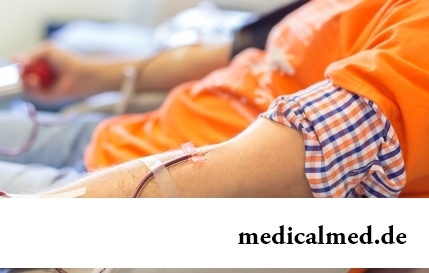
Transfusion of donor blood has almost century history. In spite of the fact that this procedure is quite usual for many people, process of blood donation is still surrounded with numerous myths. Today we aimed to discredit the most widespread of them....
Section: Articles about health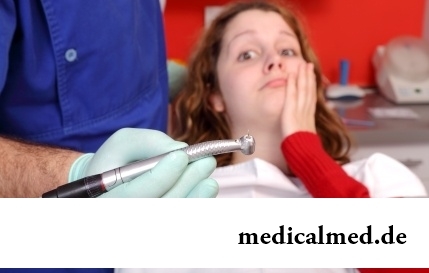
Statistically, can only one of ten of our compatriots brag of a decent condition of an oral cavity. On среднестатистич...
Section: Articles about health
The main role in development of a peptic ulcer of a stomach and duodenum the bacterium Helikobakter plays pilor. Activity and the strengthened reproduction of this microorganism lead to weakening of protection of mucous membranes and their erosive damage. Manifestations not...
Section: Articles about health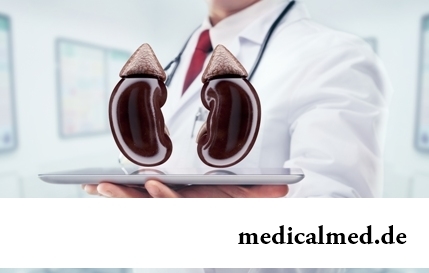
Kidneys perform the most important function of clarification of blood from those products of metabolic processes which cannot be used by an organism for obtaining energy and construction of new cells. With the urine produced by kidneys from a body of the person the bulk of the toxins getting to it with food and water is removed. Normal functioning of kidneys provides removal from an organism of excess liquid and maintenance of optimum ionic balance. At emergence of failures in work of secretory system...
Section: Articles about health
80% of women at least once to lives complained of discomfortable feelings to breasts, consolidations and nagrubaniye. These are mastopathy symptoms. Mas...
Section: Articles about health
Smack in a mouth can arise in the natural way – as a result of lack of morning hygiene or reception of the corresponding food. However in certain cases its existence is a sign of certain pathologies, and allows to reveal an illness at an early stage. In we depend...
Section: Articles about health
More than a half of the married couples which faced prostatitis – leave. The new broadcast "Female View of Prostatitis" will help to learn – whether you have or your relatives problems....
Section: Articles about health
